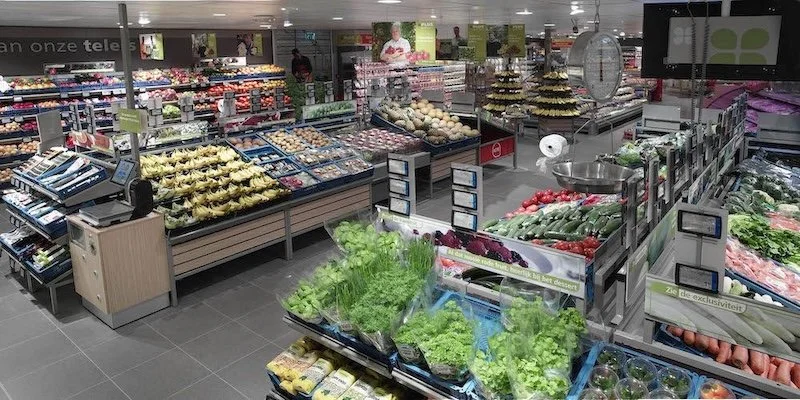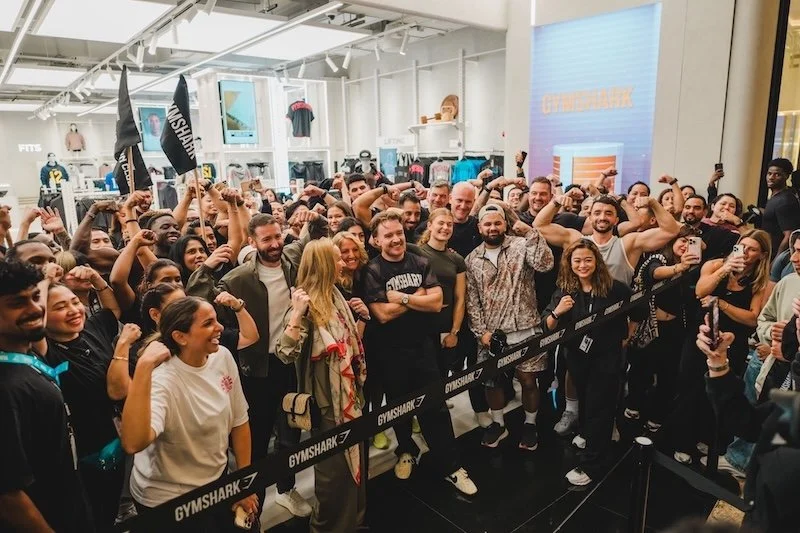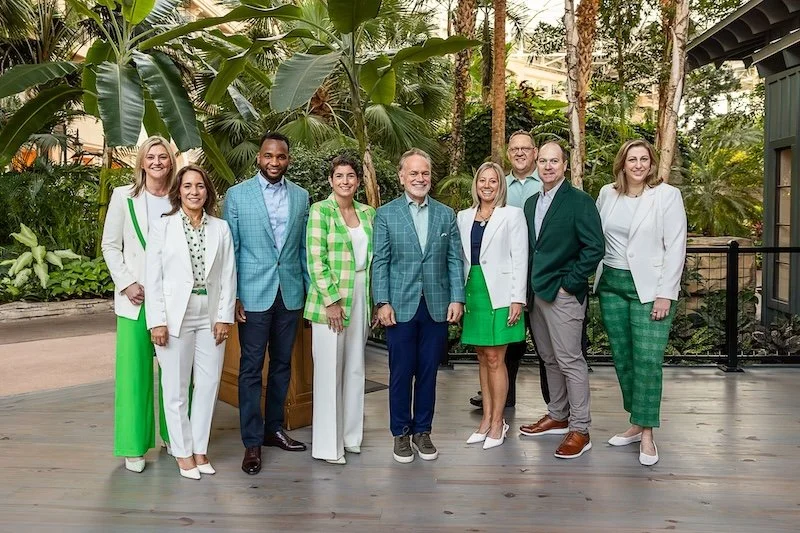From vision correction to smart tool – how the contact lens market has advanced
In the UK, figures from the Association of Contact Lens Manufacturers (ACLM) highlight that the contact lens market has grown considerably. According to the report, the size of the British contact lens market reached £360 million in 2023. All in all, the UK market now represents the largest of all the countries in the survey, accounting for around 19% of contact lens wearers.
Per Simon Rodwell, Secretary General of the ACLM, this surge can be attributed to continuous innovations in lens technology, which have enhanced comfort, convenience, and functionality, strengthening their appeal to a broader audience. The growing popularity of contact lenses in the UK reflects a wider trend where these vision aids are no longer viewed merely as alternatives to glasses but as sophisticated devices capable of much more.
In this article, we'll look at how contact lenses have undergone significant changes, exploring their modest beginnings and current medical-technological applications.
The humble beginnings of contact lenses
The journey of contact lenses from basic vision correction aids to advanced wearable devices is both fascinating and inspiring.
Its origins trace back to the pioneering work of Adolf Eugene Fick, a German ophthalmologist who is credited as the inventor of the first successful scleral contact lens. Given the limited availability of suitable contact lens materials, however, Fick was unsatisfied with the discomfort of blown glass shell contacts that could only be worn for up to two hours at a time.
Nevertheless, it was Fick's work that effectively laid the groundwork for all future contact lens designs. By the 1930s, the development of thermoplastics signified a massive step forward for scleral contact lenses, contributing to their popularity as an alternative to eyeglasses.
Technological advancements continued well into the 1970s when soft contact lenses were finally given US FDA approval and embraced by the general public.
Soft contacts dominate the modern market
Today's contact lenses are far more advanced than those glass-blown prototypes by Fick.
Notably, the market offers a wide range of options tailored to various needs and preferences, including daily disposables, extended-wear lenses, and specialised lenses for conditions like astigmatism and presbyopia. Moreover, advancements in materials have made lenses more comfortable and breathable, reducing the risk of eye infections and irritation.
The accessibility of these advanced contact lenses has also improved. No longer limited to in-store shopping, consumers can now purchase contact lenses online. Established retailer Vision Direct, for one, allows customers to purchase a variety of lenses such as multifocal, toric, and even coloured contacts. This platform delivers affordable contact lenses straight to customers' doorsteps, making vision correction more convenient than ever.
Coupled with the introduction of digitalised eye tests that can conduct eye exams in as little as five minutes, the shift towards online retail has democratised access to high-quality eye care services and products, further enhancing the usability and appeal of contacts.
Smart contact lenses and the future
One of the most promising applications of smart contact lenses was developed by wearable technology firm InWith.
First unveiled during the 2022 Consumer Electronics Show in Las Vegas, the startup claims that the smart contact lenses can display real-time information and offer wearers "tunable vision" that can be controlled with a smartphone. The product announcement claims several hundred patents, which allow an augmented reality (AR) display chip to be used with and embedded into existing hydrogel contact lenses.
Smart contact lenses are also being explored for their potential to detect glaucoma early. Researchers from the Institute of Advanced Structure Technology at the Beijing Institute of Technology have developed a prototype designed to measure eye pressure accurately.
These measurements are typically taken during eye exams where a slight elevation in pressure indicates fluid buildup around the cornea, leading to a glaucoma diagnosis. With the dual-circuit “smart” lens design, however, such measurements can be monitored remotely for easier diagnosis, even in a wide range of temperatures.
The UK contact lens market’s rapid growth reflects a broader trend: contact lenses are no longer just corrective devices; they are becoming essential tools with applications that range from healthcare to augmented reality. This technological evolution, coupled with the accessibility provided by online retailers, ensures that contact lenses will remain at the forefront of both fashion and medical innovation.































Continue reading…